How to Improve Local SEO with the Latest Updates in 2025
Improve local SEO with the latest 2025 updates. Learn Google’s new features, ranking tips, and strategies to boost local visibility.
Mike | 09 Sep 2025
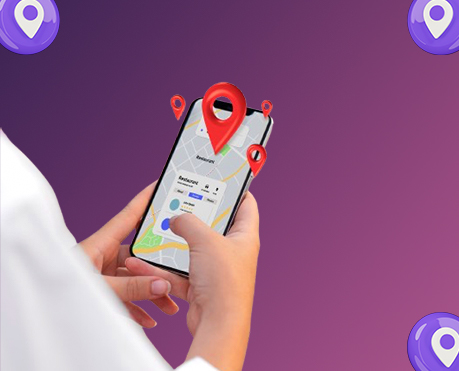
In 2025, the local SEO develops at a rapid pace – mobile usable, AI search development and new Google features. Local businesses that can effectively adapt, they can enjoy better visibility, run more traffic and win customers trust. Here is your widespread guide for the proven strategies alliance with the latest updates.
In this guide, we will break the latest local SEO update for 2025 and show you action to improve your local visibility, attract surrounding customers and develop your business.
Why Local SEO Matters More in 2025
Local seo isn’s just about ranking Higher on Google –its About Being Found by the right people at the right time. According to recent data, more than 78% of mobile local discoveries lead to in-store purchases within 24 hours. Consumers now rely more on location-based discovery, voice search and AI-conducted results than before.
- Hyperlocal Search: Google now delivers results at street and neighborhood levels.
- AI-Powered Results: With SGE, well-optimized business profiles gain higher visibility.
- Voice & Mobile Dominance: Over 60% of local searches are voice-based, mostly on mobile.
- Zero-Click Searches: Users often get answers directly on Google—making GBP optimization crucial.
By adapting to the 2025 updates, you ensure that your business:
- Appears in Google Maps Pack results
- Ranks for “near me” searches
- Gets featured in voice search and AI assistants
- Builds credibility with authentic reviews
- Attracts more foot traffic and online conversions
Latest Local SEO Updates in 2025
1. Enhanced Google Business Profile Features
Google has added more advanced options to GBP this year:
- AI-related question-answer reactions.
- Real -time inventory integration for retail and restaurant.
- Local service highlights (eco-friendly, family friendly, accessible, etc.)
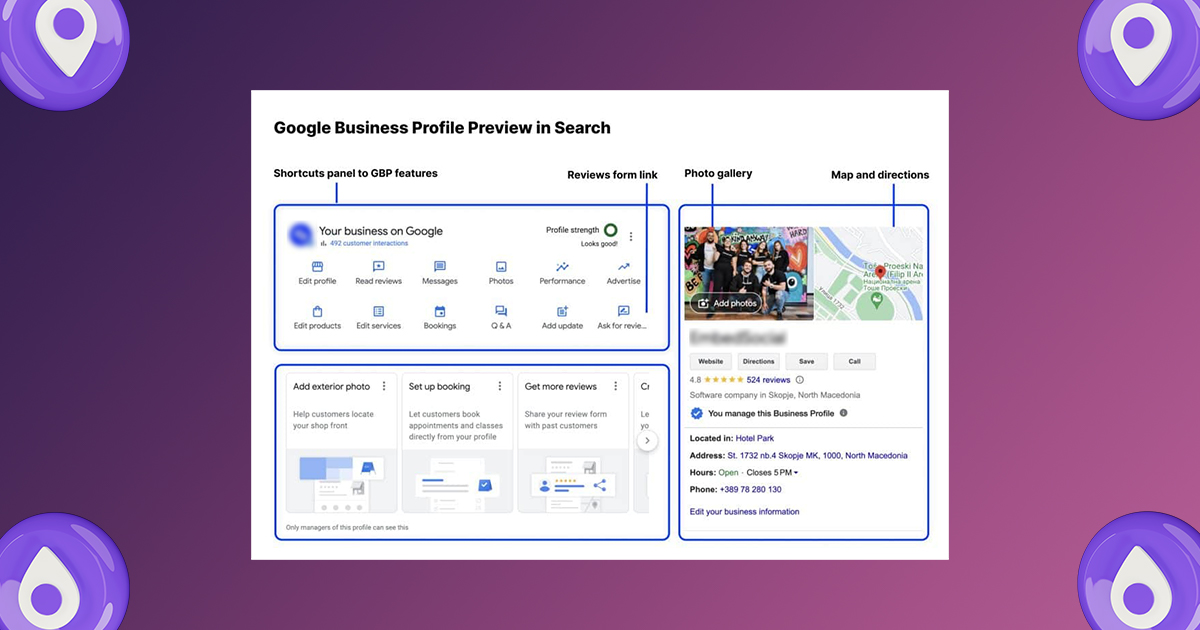
Action Tip: Keep your GBP updated with accurate information, add all new business features, and use inventory integration if you run a product-based store.
2. Neighborhood-Based Ranking Signals
Google is now giving preference to businesses that specify micro-location or neighborhood instead of cities. For example, “Italian restaurant in Brooklyn Heights” has a higher ranking weight than “Italian restaurant in New York”.

Action Tip: Update your content and GBP details with a neighborhood-specific keywords, and create a localized landing page for each service sector.
3. AI-Generated Local Pack Results
Search normal experience (SGE) now pulls information directly into the local pack. Instead of just three businesses, AI often briefly explains why a business is recommended.
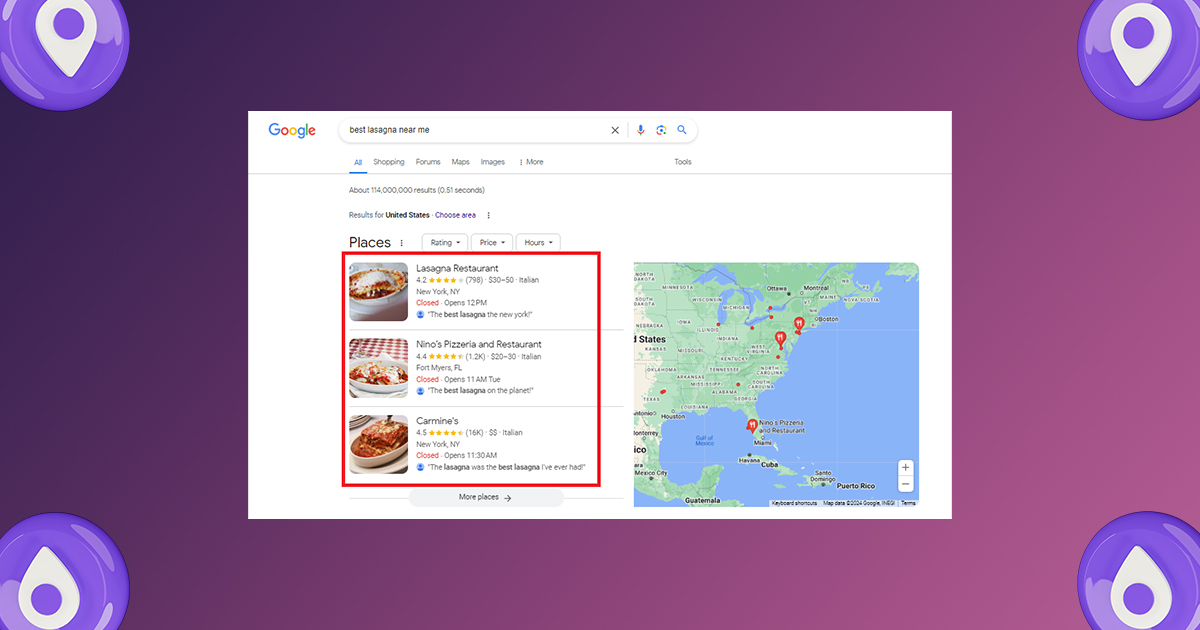
Action Tip: Encourage reviews that naturally mention your services and location keywords, as AI descriptive reviews pulls snippets.
4. Integration of Short-Form Video in Local Search
Google has begun embedding directly short-form videos (from YouTube shorts, Instagram Reels and Tikok) in local search results. This means that businesses with attractive video content are getting high visibility.
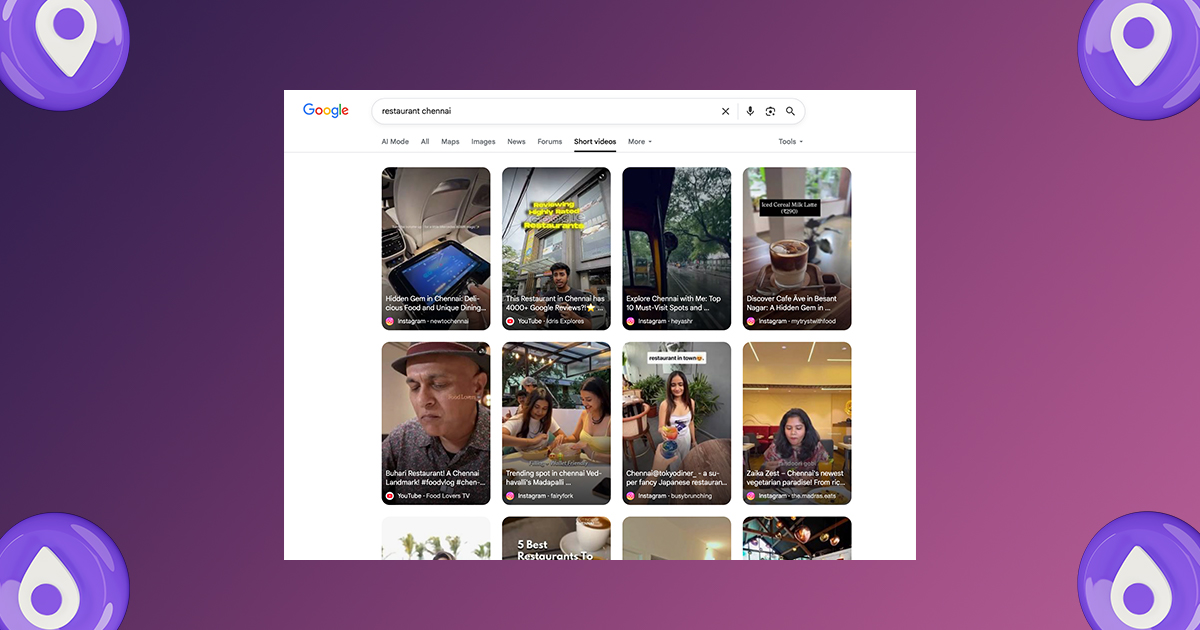
Action Tip: Create short, authentic videos showcasing your products, services, or behind-the-scenes moments, and optimize them with geo-tags and local hashtags.
5. Advanced Review Signals
Google now only evaluates the volume, not only the quantity. Authenticity, length and keyword relevance plays a much larger role than ever.
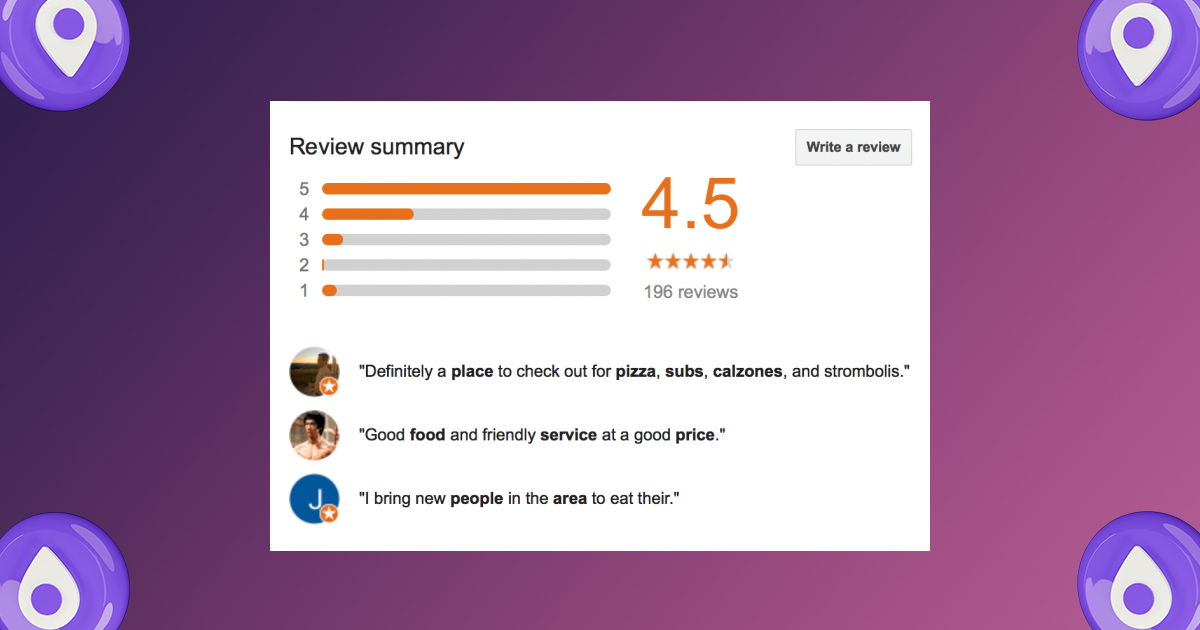
Action Tip: Encourage customers to leave detailed reviews mentioning the service they received, the location, and their experience. Avoid generic “Great service!” type reviews.
6. AI Chat Integration with Businesses
Google is testing a feature where users can chat with business directly through AI in search results. Businesses with FAQ, structured data and accurate content see better AI-operated answers.
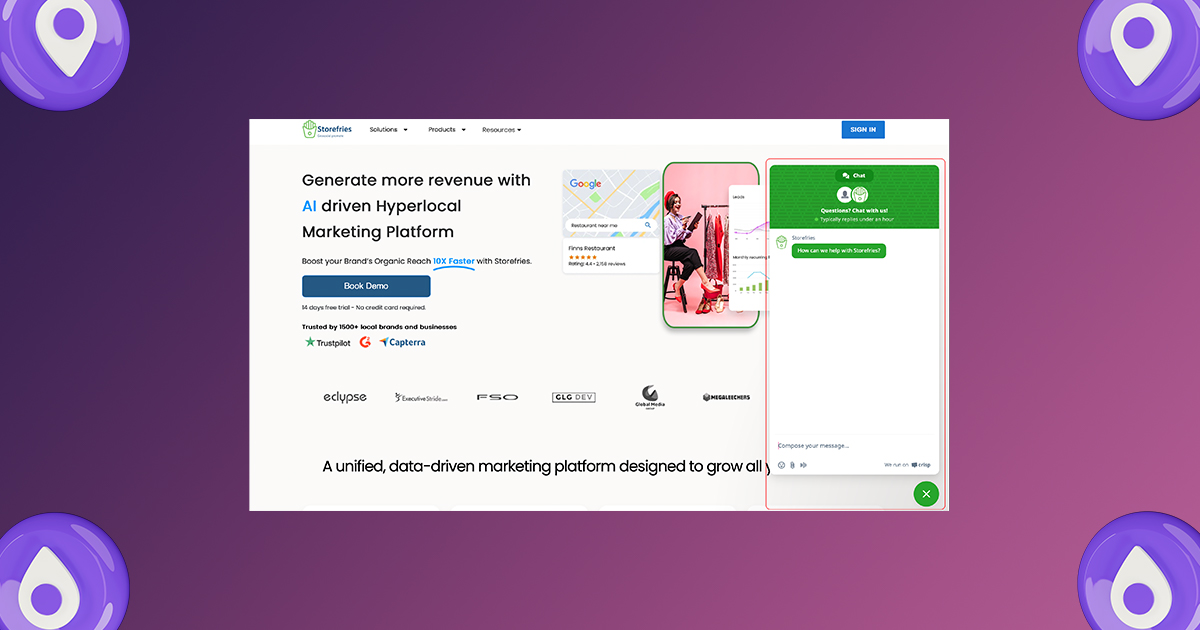
Action Tip: Add a detailed FAQ section to your website, mark it up with schema, and ensure consistency with GBP Q&A.
7. Local Schema Markup Importance
In 2025, structured data has become a non-negotiable ranking factor for local search visibility. Schema for opening hours, service areas, and events significantly boosts rankings.
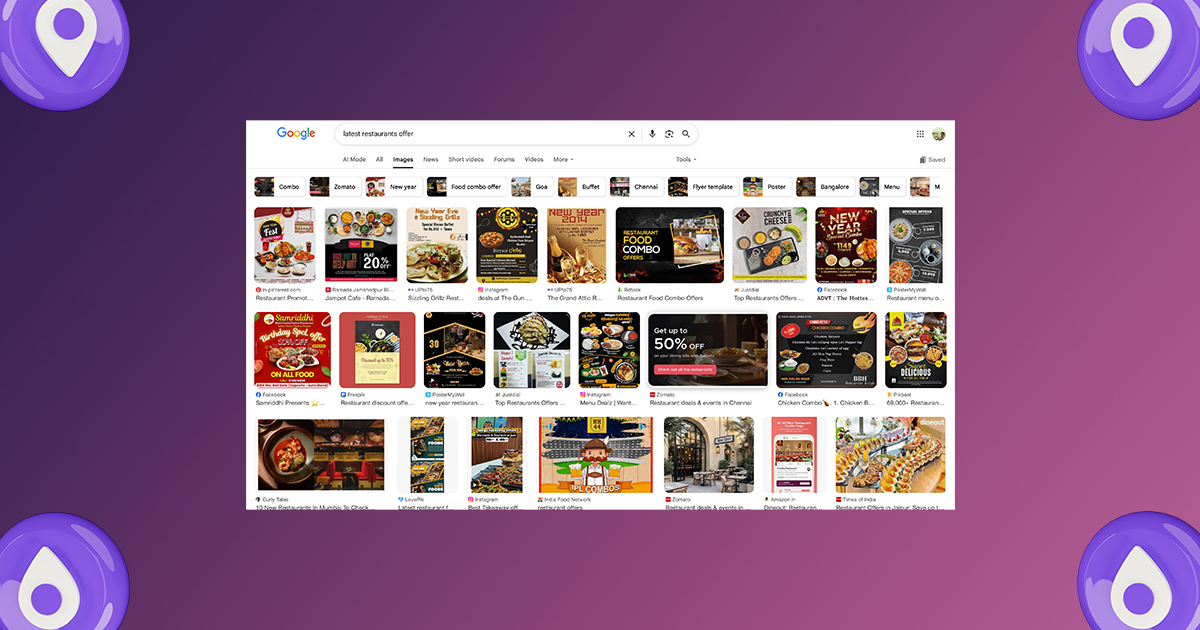
Action Tip: Apply local business schema and event schema to help Google understand your offerings and promote your appearance in local results.
8. Optimize for Mobile-First Indexing & Website Performance
- Ensure Mobile Responsiveness & Speed: Google indexes mobile-first, so a fast, mobile-friendly site is essential for rankings.
- Improve Core Web Vitals: Focus on quick load times, smooth responsiveness, and easy navigation to meet SEO and user needs.
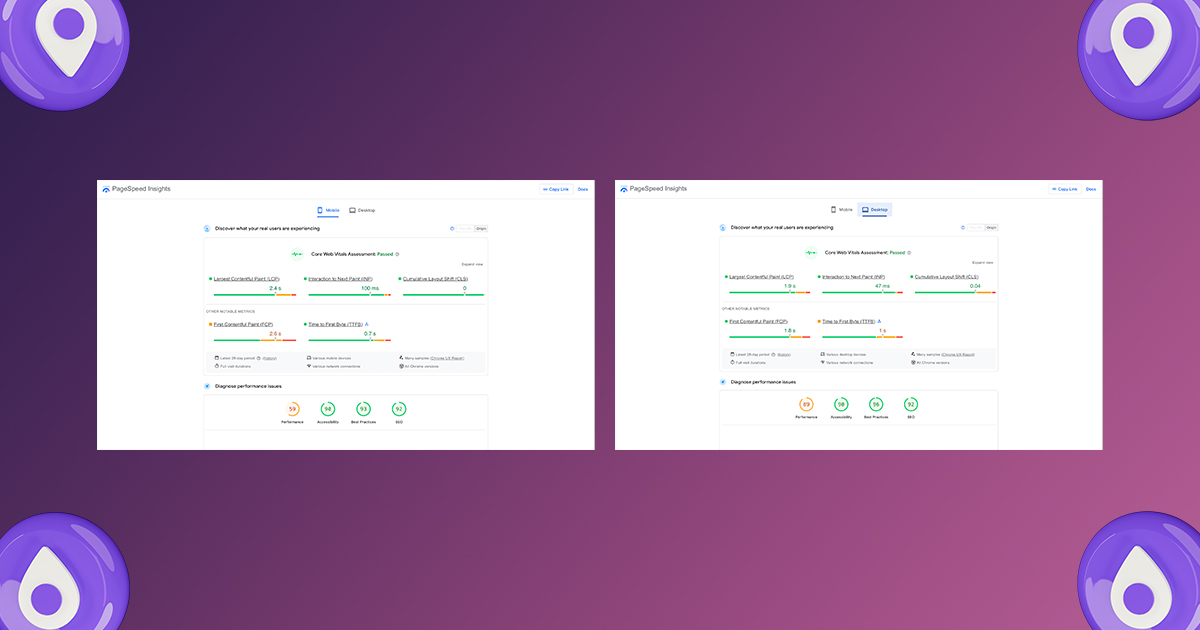
9. Fine-Tune Your Google Business Profile (GBP)
- Keep GBP active and updated: frequent posts, fresh photos, updated services, and rapid review reactions signal engagement and relevance. It remains a strong, fundamental local SEO strategy.
- Use new “What’s Happing” feature for restaurants and bars: In 2025, Google allows these businesses to highlight time promo or events under the “this week” label on the search profile.
- NAP (NAP (name, address, phone) consistency: accuracy and consistency across GBP and web listing are essential for trust and visibility.
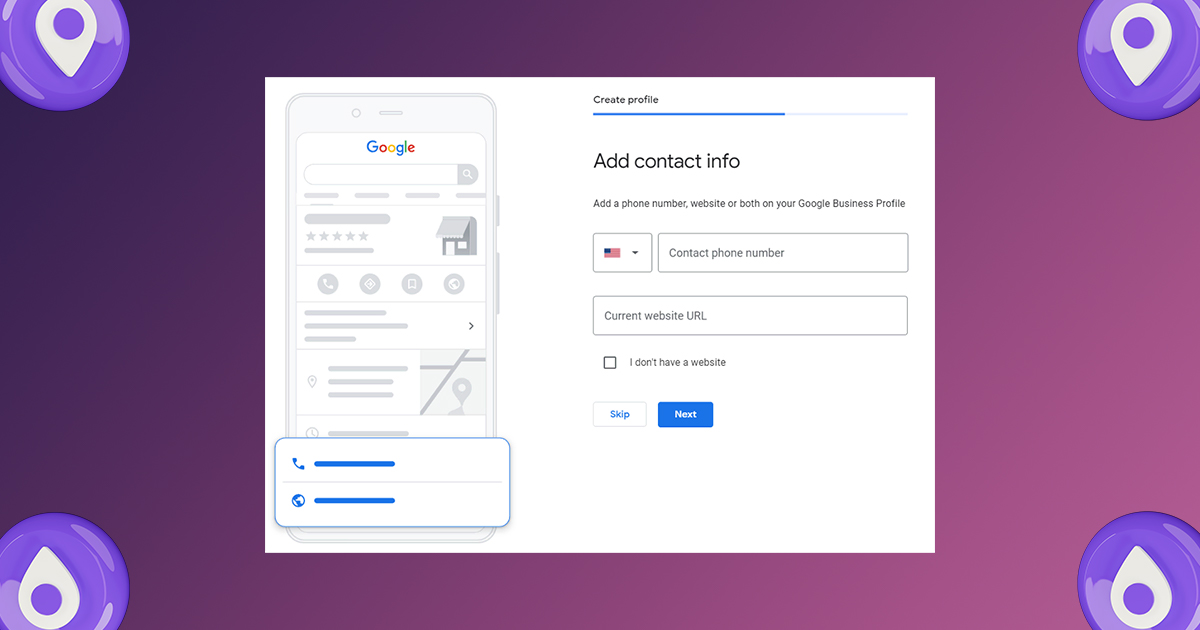
10. Voice Search & Answer Engine Optimization (AEO)
- Optimize for voice queries and conversational content: “I have” and enhancing the voice-based local searches using natural language, long-tail, question-based content is key.
- Adopt Answer Engine Optimization: Structure content to be directly pulled into AI chatbots (e.g., Google’s SGE, ChatGPT). Use FAQs, clear headings, and conversational tone to improve chances of being featured.
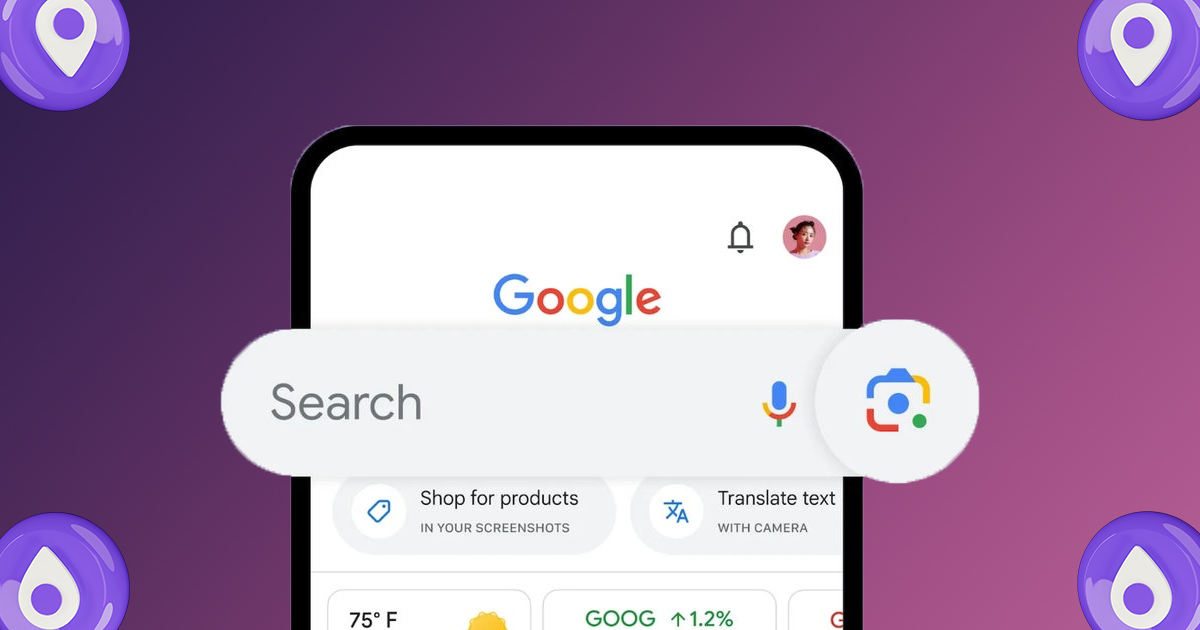
11. Generative Engine Optimization (GEO): Be AI-Answer Ready
- Make your content AI-friendly: Geo ensures that your site is referred in generic AI output by building of depth, reliability and structured content.Include metadata, complete coverage and source signals for better citation chances.
- Combine traditional SEO with AI-focused approaches: Use a hybrid model—technical SEO, local optimization, AEO, and GEO—to cover all visibility bases.
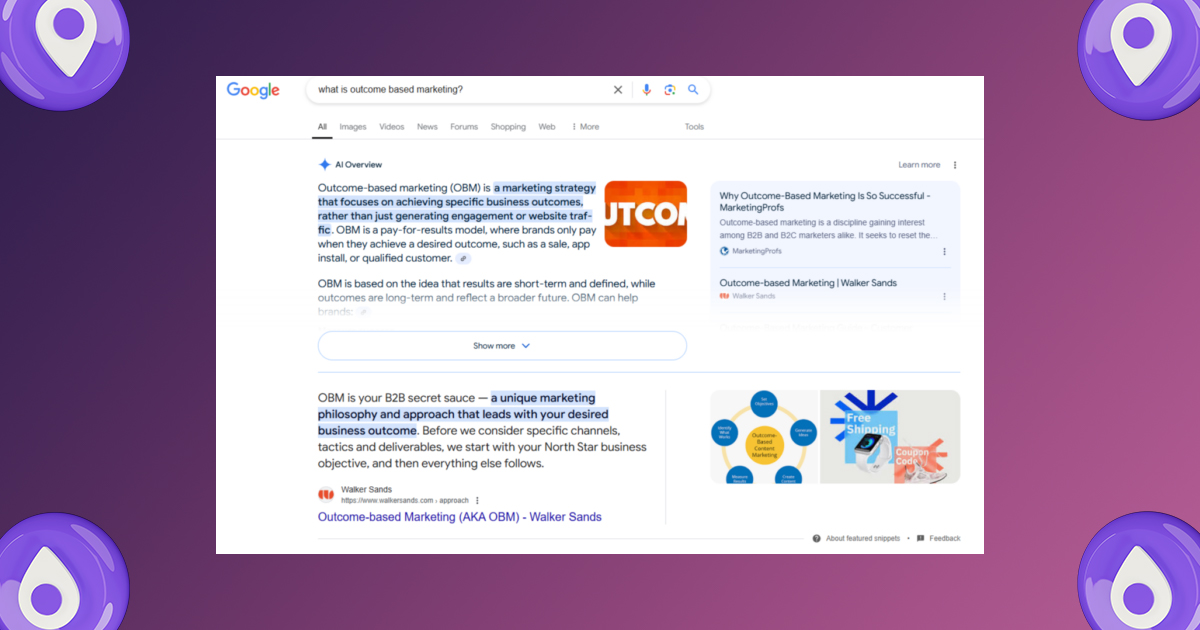
12. Build Local Authority via Citations, Reviews & Backlinks
- Local Citations: Keep consistent listings across directories to build authority.
- Quality Reviews: Strong reviews boost visibility and trust.
- Local Backlinks: Partner with media, bloggers, chambers or events for relevant links.
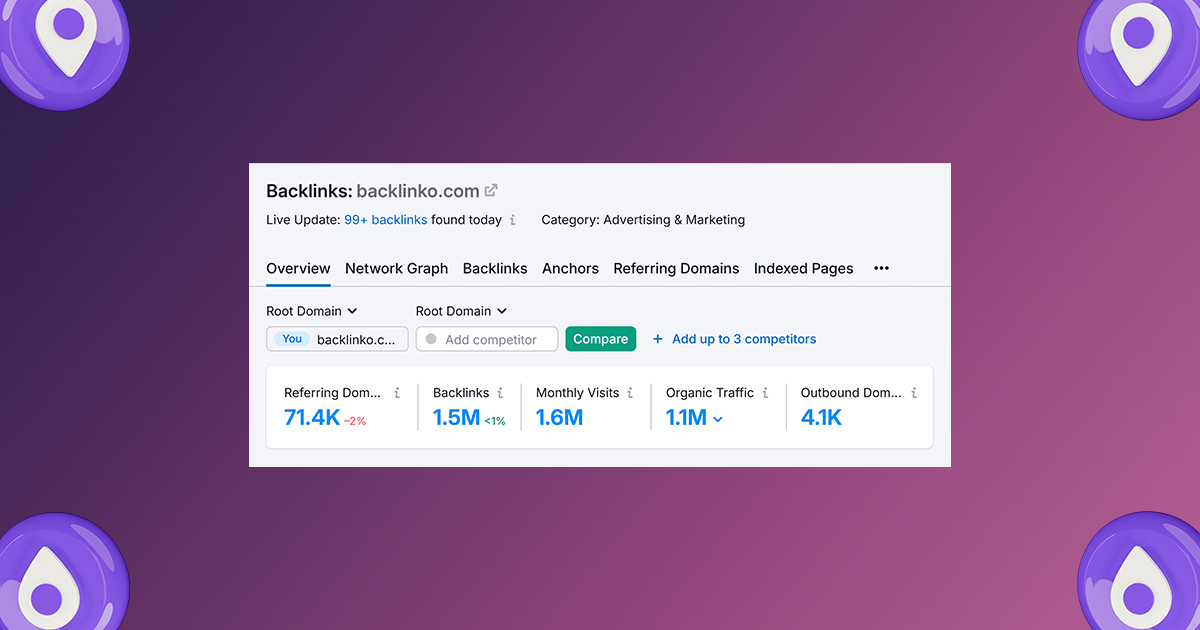
13. Create “People-First” & Long-Tail Local Content
- Use long-tail, localized search phrases: Queries like “best vegan brunch in [city] this weekend” are growing. Create content tailored to these specific, conversational searches.
- Provide genuinely helpful content: Valuable, localized content that answers customer questions helps with ranking and trust—especially post-Core updates in 2025.
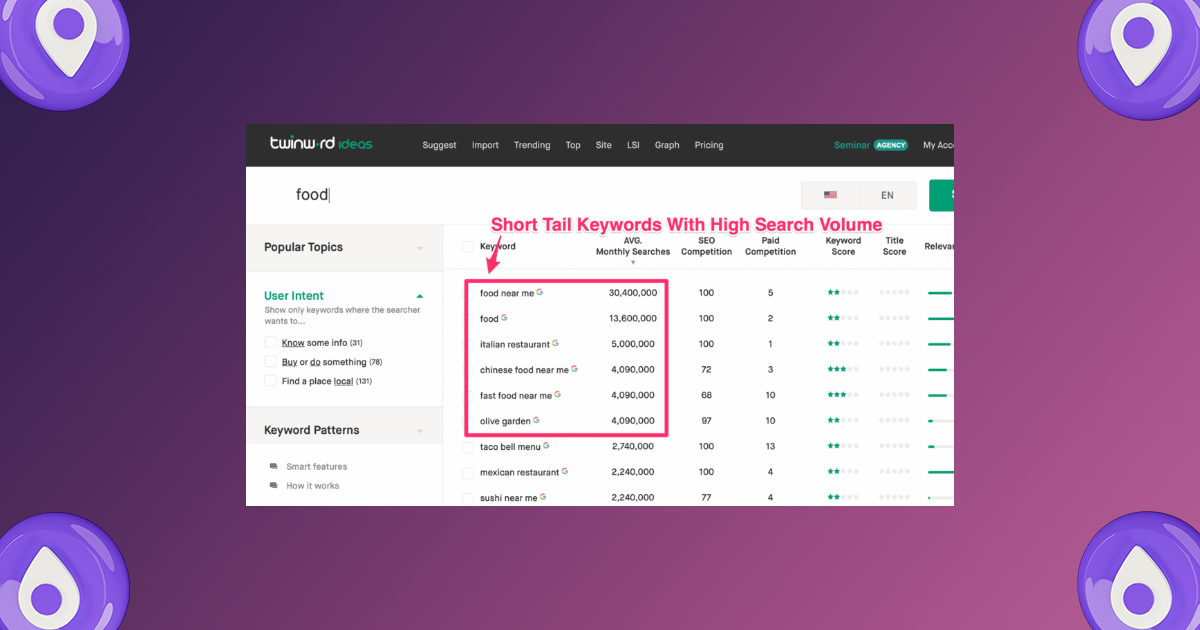
14. Embrace AI Tools & Trends (but Avoid Spam)
- Use AI tools for SEO efficiency: Several hybrid tools like Alli AI, SEMrush, and RankIQ support SEO, AEO, and GEO optimization—helping businesses stay competitive.
- Avoid AI-generated clickbait or low-quality bulk content: Google is actively cracking down on AI-spam, clickbait, and “parasite SEO”—overuse of AI content without value can result in penalties.
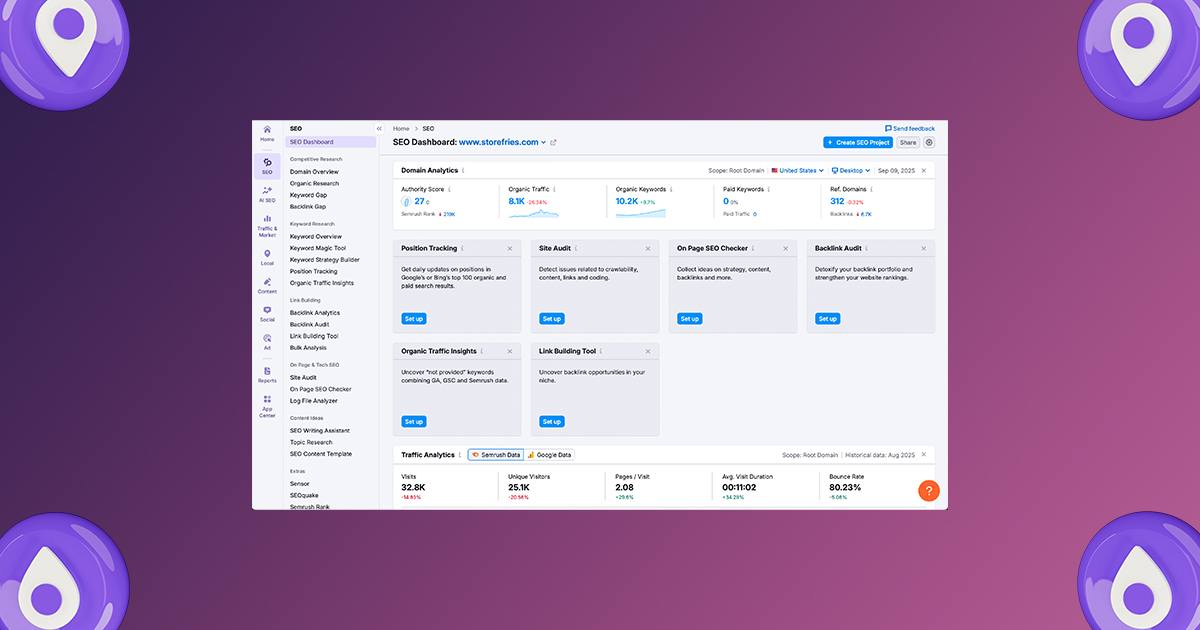
15. Monitor Core, Spam & Algorithm Updates
- Watch algorithm changes: Keep an eye on Google’s updates, like the August 2025 Spam Update, which targets low-quality or manipulative content.
- Ensure content quality and authenticity: In a climate where Google penalizes spam and exploits, prioritize trustworthy, high-value content that users appreciate.
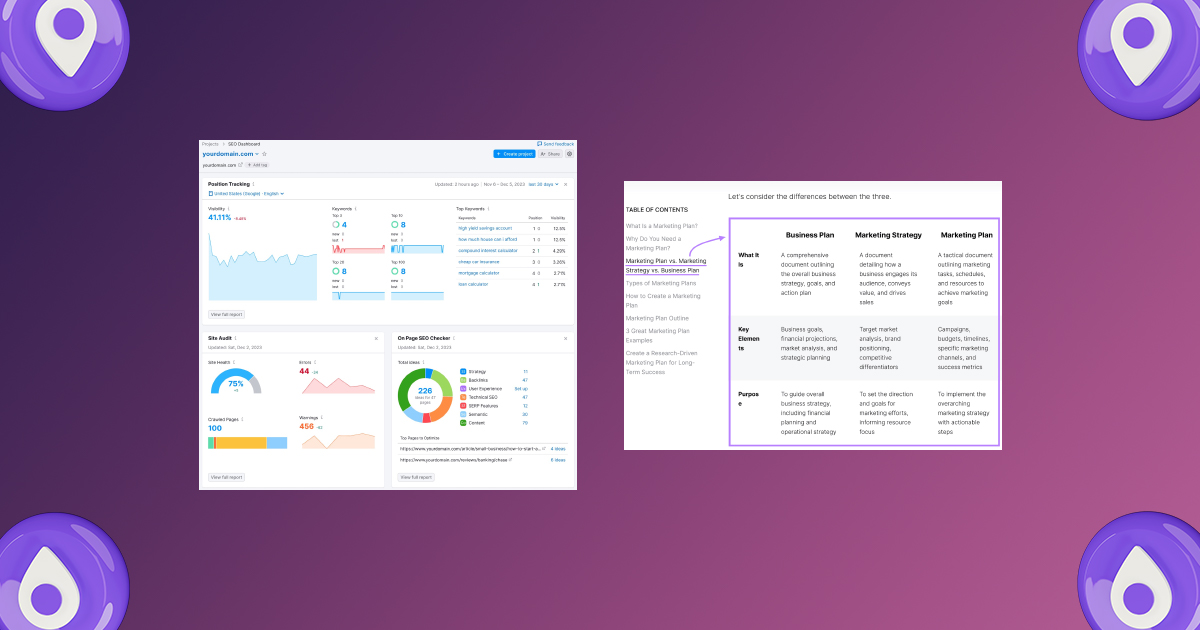
16. Modern Metrics: Insights, Reviews & Behavioral Signals
- Leverage Google Business Insights: Track how customers find you, what actions they take, and where they are located to refine the strategy.
- Focus on conversion behaviors: Local searchers often convert quickly—88% visit or call within a day and 78% make a purchase.
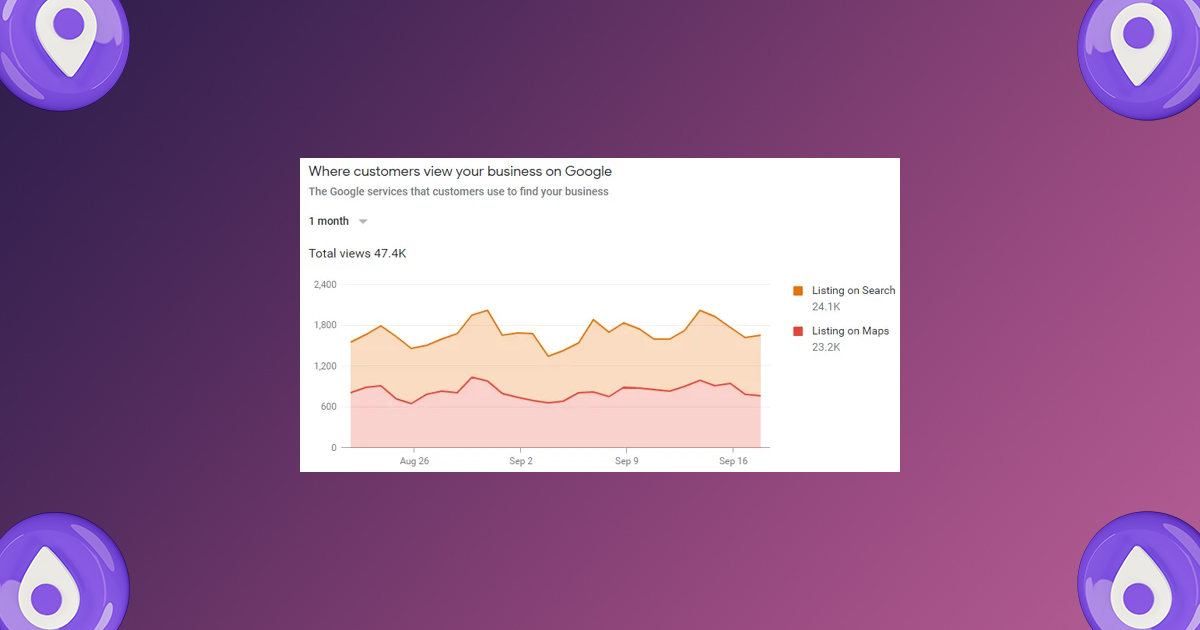
17. Local Search Generative Experience (SGE)
Google’s search generic experience (SGE) is now affecting local results. Instead of only showing a map and listing, SGE pulls the AI-operated summaries of businesses, highlight reviews, services and FAQ.
Action Tip: Adapt for conversion keywords like “Best Plumber I have with emergency service”. Add detailed service details and FAQ to your GBP and website so that Google AI can feature your business in AI summaries.
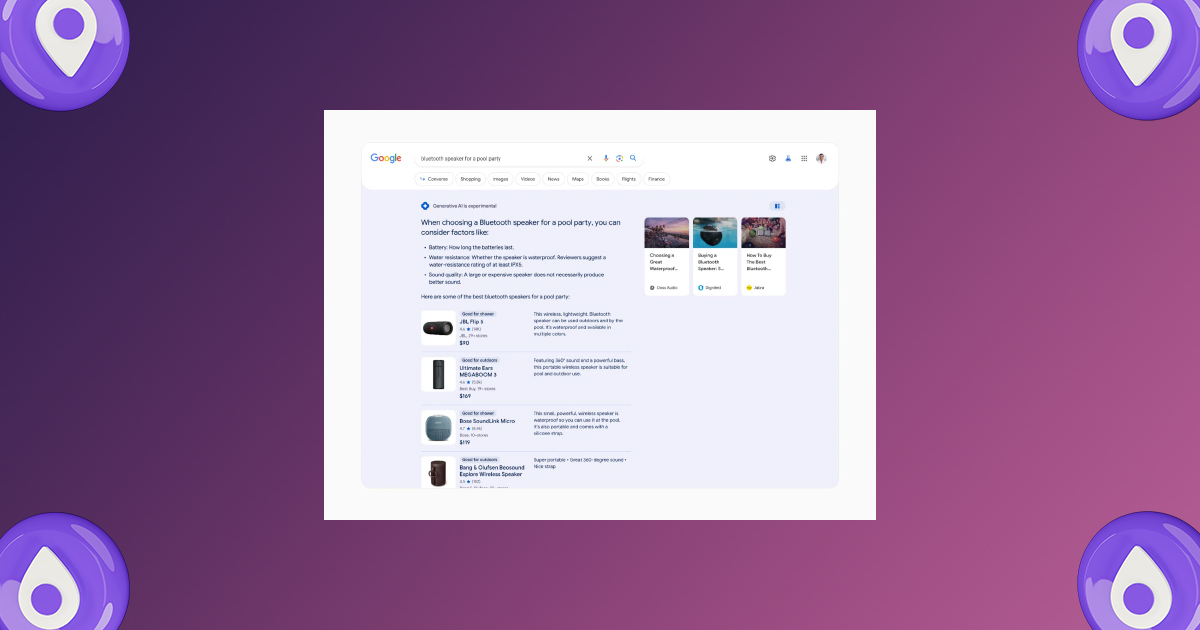
18.Voice Search & Smart Devices
Voice Search 2025 thanked for integration with smart cars, wearbals and home assistants. Many users now ask: “Where is the nearest organic cafe?” Or “Find me a 24 -hour pharmacy with me.”
Action Tip: Adapt your site with natural language questions and FAQ pages. Include phrases such as “Open Now,” “near me,” and “Closal [Service]”.
19. Hyperlocal Targeting with AI Maps
Google Maps and Apple Maps now show hyperlocal results depending on the user’s behavior, not just proximity. This means that two people standing in the same street can see various business results based on their preferences and previous discoveries.
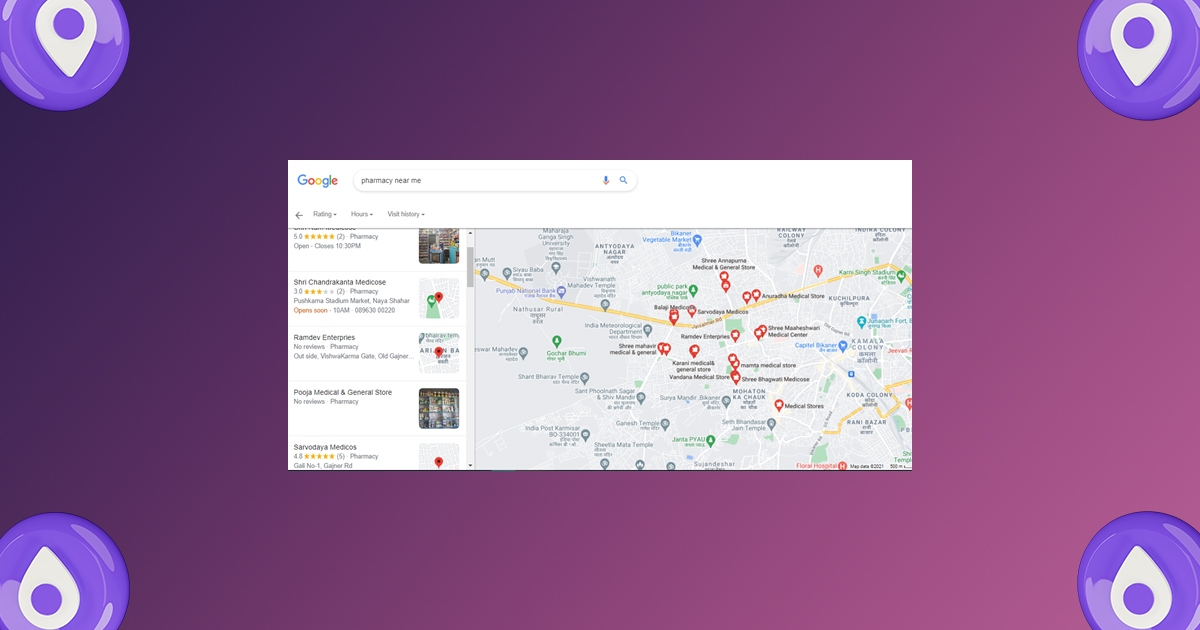
Action Tip: Encourage check-in, review and customer engagement. Use local schema markup on your site to indicate hyperlocal relevance.
Practical Strategies to Improve Local SEO in 2025
1. Customize Google Business profile completely
- upload high quality, geo-tagged images and videos.
- Post weekly updates (Offers, blog, event).
- Use Google’s booking and messaging features
2. Focus on Hyperlocal Content Marketing
- Create a blog around neighborhood-specific events.
- sponsor or cover local events and publish them on your site.
- Collaborate with Micro-Local influencers.
3. Voice search optimization
- use conversion keywords (eg, “Where is the nearest dentist open now?”).
- Add a Q & A that targets the voice query.
4.Mobile-first website experience
- Ensure rapid loading speed (<2 seconds).
- Mobile-friendly design and click-to-call button.
5.Leverage Social Proof
- Collect testimonals, highlight them on your site.
- Encourage photo reviews on Google.
6.Short-form video and local PR
- Share quick tips, customer testimonals, or product demo.
- presented a press release on local news sites for Backlinks.
Proven Ways to Improve Local SEO in 2025
Now that you know the updates, here are practical steps to stay ahead:
- Claim and Optimize Your GBP – Add updated hours, attributes (e.g., wheelchair-friendly), and seasonal offers.
- Collect Authentic Reviews –Make review requests part of your sales process. Answer all reviews to create a trust.
- Use Local Schema Markup – Add structured data (address, phone, review, hours of opening) so that the search engine better understand your business.
- Build Local Backlinks – Partner with nearby bloggers, chambers of commerce, and news sites for backlinks.
- Create Localized Content – Blog about local events, “best of” guides, and area-specific tips. Example: “Top 5 Cafés in [City] for Remote Workers.”
- Leverage Social Media with Geo-Tags – Post content with location tag to be displayed in social integration of Google.
- Optimize for Multi-Location Businesses – Create a separate landing page for each branch with unique content and NAP consistency.
Track with GBP Insights & AI Tools – Use Google’s Reporting Plus third-party local SEO tool to monitor ranking and engagement.
The Future of Local SEO Beyond 2025
Local SEO is shifting towards AI-driven personalization. Instead of static ranking, the results are now dynamic, depending on the intentions, preferences and devices. Your strategy to proof of future:
- Keep your business data continuously on all platforms.
- Pay attention to the creation of trust and authenticity.
- Invest in video and voice optimization.
- Attach both online and offline community.
Businesses that adapt quickly will not only appear in search – they will dominate their local markets.
Final Thoughts
The local SEO is dynamic in 2025, demands a mixed approach – responsible design, AI readiness, localized relevance and strict content quality. Hybrid SEO/AEO/GEO strategy, by adopting the strategy, being active on GBP, and tailoring content for real user needs, your business can lead to local search results, can earn the customer trust, and maintain long -term growth.
FAQs on Local SEO in 2025
1. How do I rank higher in Google’s local pack in 2025?
You need a fully optimized Google Business Profile, high-quality reviews with local keywords, schema markup, and consistent NAP (Name, Address, Phone) data across the web.
2. Is creating neighborhood-based pages really necessary?
Yes. With Google’s new neighborhood ranking signals, creating content for micro-locations like districts, suburbs, or even streets helps you appear in hyperlocal searches.
3. Do short-form videos really impact local SEO?
Absolutely. Google is embedding short-form videos in local results. Videos that showcase your location, team, or customer stories can directly boost visibility.
4. How important are reviews in 2025?
More important than ever. Google now emphasizes review quality and authenticity. Detailed reviews mentioning services and location strongly influence rankings.
5. What’s the best way to prepare for future local SEO changes?
Stay adaptable. Focus on structured data, keep your GBP updated, leverage AI-driven content, and invest in local video marketing. Continuous monitoring and testing are key.

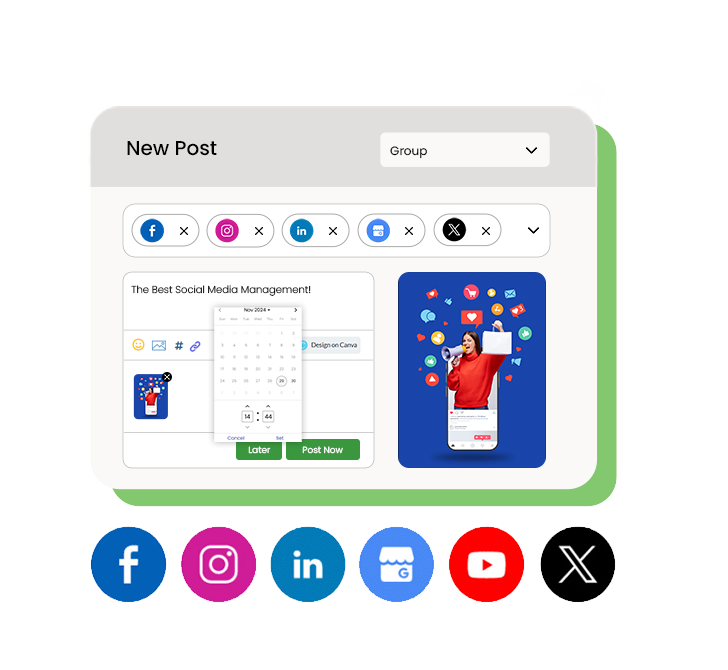

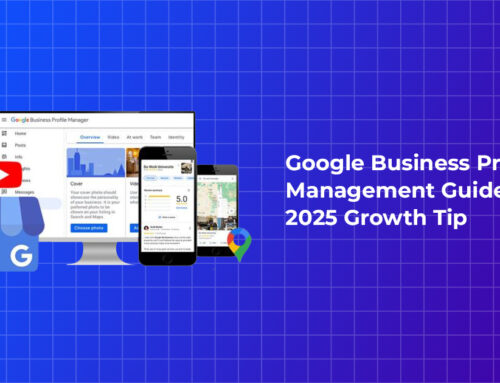

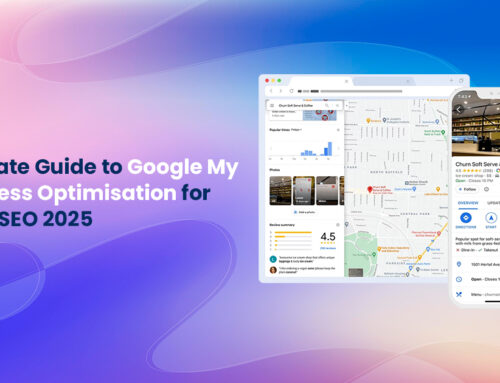

Leave A Comment